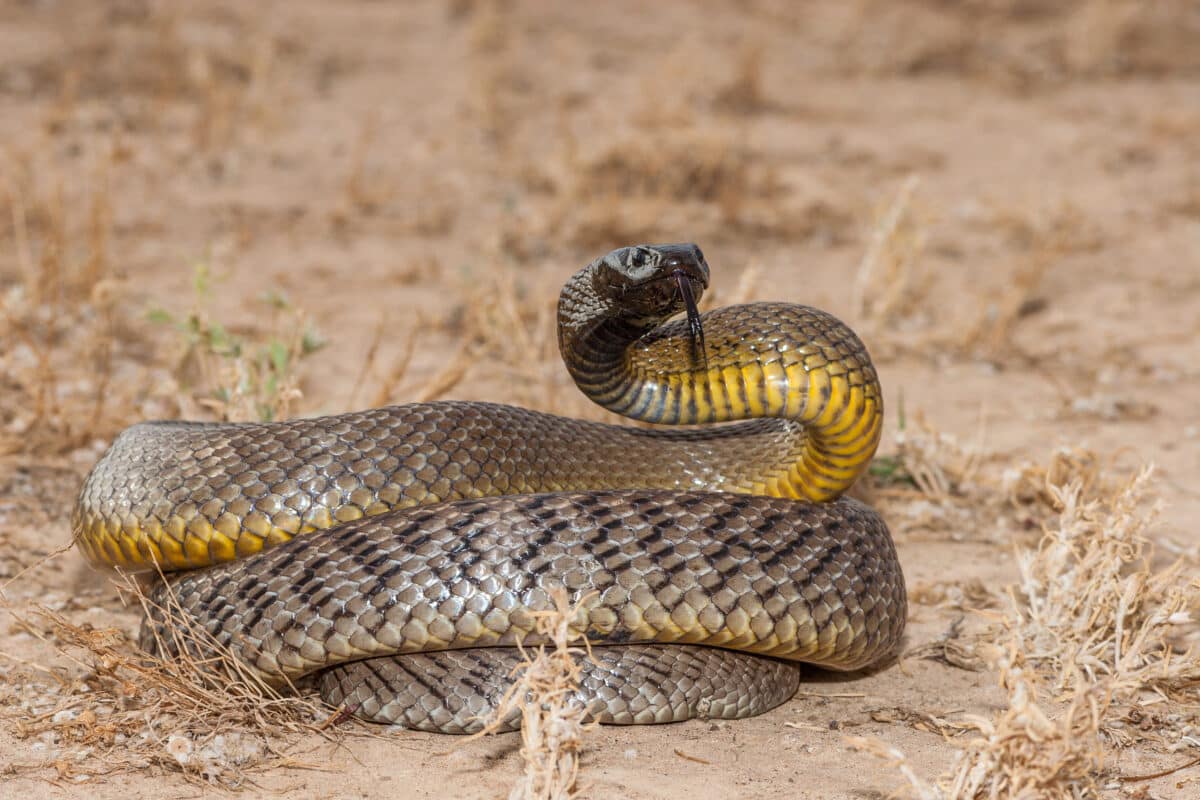Introduction
Tiger snakes are among one of the most well-known and been afraid reptiles in Australia, widely recognized for their striking look and powerful venom. This post aims to explore the intricacies of the tiger serpent's habitat, distribution, actions, and what one can expect when running into these interesting animals. By understanding where to locate them and how to browse possible dangers, you can value their function in the environment first aid for snake bite - Skill's Training College while ensuring your safety and security.
Tiger Snake Habitat: Where to Find Them and What to Expect
Tiger snakes are mainly discovered in southeastern Australia, including Tasmania, where they prosper in a range of settings. Their versatility allows them to populate diverse terrains such as seaside regions, wetlands, meadows, and even urban areas.
Geographical Circulation of Tiger Snakes
The geographical reach of tiger serpents extends throughout several Australian states. They are particularly common in:
- Tasmania: The Tasmanian tiger serpent is among one of the most identified subspecies. Victoria: Discovered near water bodies like rivers and lakes. New South Wales: Liking bushland areas near to water sources. Western Australia: More typically seen around swamps and estuaries.
Understanding the geographical distribution is vital for both conservation efforts and public understanding relating to encounters with these snakes.
Preferred Habitats of Tiger Snakes
Tiger snakes flourish in various environments. Below are some regular settings where they may be discovered:

Behavioral Patterns Associated with Habitat
Understanding tiger serpent actions within their habitats is vital for communication monitoring:
- Nocturnal Activity: Tiger snakes tend to be much more active during twilight hours (dusk and dawn), making them more difficult to identify throughout daytime. Territorial Nature: They display territorial actions; therefore, it's critical to value their space if encountered.
This understanding can help minimize undesirable communications between human beings and tiger snakes.
Are Tiger Snakes Venomous?
Yes, tiger serpents are without a doubt venomous. Their venom has neurotoxins that can trigger paralysis or even death if untreated.
What Makes Their Venom Dangerous?
The strength of a tiger serpent's venom varies depending on numerous variables:
- Geographic location Individual health Quantity injected throughout a bite
Symptoms of a Tiger Serpent Bite
Recognizing symptoms early is crucial:
- Pain at the bite site Swelling Difficulty breathing
Immediate clinical interest is important if bitten.
First Help for Snake Bites
whip snakeKnowing first aid treatments can be lifesaving in instance of a serpent bite.
First Help Steps for Serpent Bites
Stay calm; maintain the damaged area still. Call emergency situation solutions immediately. Apply a stress plaster over the bite site. Keep the specific relaxing up until aid arrives.Following these steps can considerably improve results following a snake encounter.
Where Else Can You Run Into Tiger Snakes?
While they're usually located in their all-natural habitats, urbanization has actually brought about raised experiences with humans.
Urban Encounters
Tiger serpents may venture right into gardens or parks searching for food Western Brown Snake - skillstrainingcollege.com.au or water sources.

Precautions When Treking or Exploring
When exploring areas known for tiger serpent habitats:
- Wear thick boots Stay on paths Be vigilant
Taking these preventative measures will certainly help decrease dangers while you take pleasure in nature.
Baby Tiger Snakes: An One-of-a-kind Point Of View on Growth
Just like grownups, baby tiger snakes are birthed venomous yet smaller in dimension.
Characteristics of Infant Tiger Snakes
- Size: Normally around 20-- 30 centimeters when born. Appearance: Sport comparable pigmentation as adults but may have lighter bands initially.
Understanding their growth helps in appreciating their ecological function from early stage onward.
FAQs about Tiger Snakes
1. Are all tiger snakes venomous?
Yes, all types of tiger snakes possess venom efficient in causing significant harm.
2. Exactly how can I recognize a tiger snake?
Look for distinct banding patterns ranging from yellowish-brown to blackish shades along their bodies; grownups typically grow between 1-- 2 meters long.
3. What should I do if bitten by a tiger snake?
Seek prompt medical focus; apply first aid actions as discussed earlier while maintaining calm.
4. Do child tiger snakes pose any danger?
Absolutely! In spite of their little dimension, baby tiger serpents are still venomous and can provide attacks that call for serious medical attention.
5. Are there any type of specific environments I should avoid?
Avoid walking through thick underbrush or near stationary water where problems prefer snake visibility throughout warmer months.
6. Exactly how do preservation efforts influence tiger serpent populations?
Conservation initiatives focus on environment conservation which straight influences populace security by guaranteeing sufficient food resources and safe breeding locations.
Conclusion
In recap, understanding "Tiger Serpent Environment: Where to Discover Them and What to Expect" not just improves our understanding regarding these remarkable reptiles but additionally improves our capability to exist side-by-side safely with them in shared environments. From recognizing their chosen habitats to knowing how to react effectively if bitten, thorough expertise encourages all of us-- whether we're wild animals enthusiasts or informal hikers-- to value this fascinating facet of Australia's natural heritage while prioritizing our safety.
This write-up acts as an extensive overview on every little thing related to tiger serpent environments! Whether you're a devoted explorer or someone looking just for info regarding these creatures, understanding exactly how they connect within their ecosystems-- and just how we suit that picture-- is crucial!